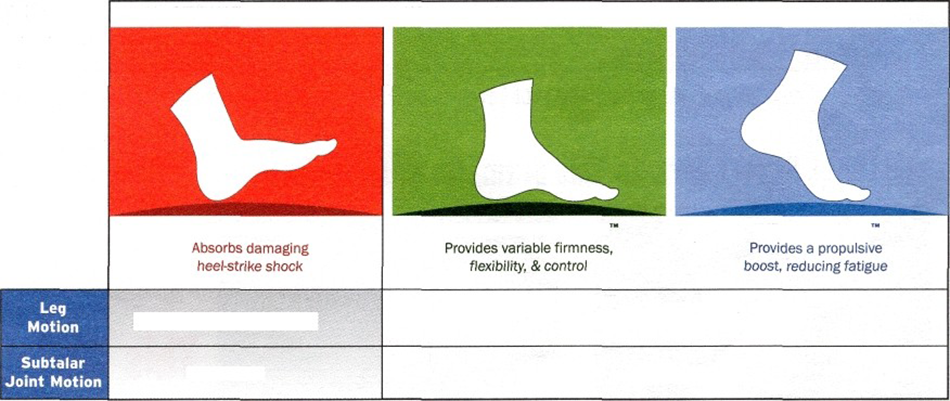Call Today:
Monday through Friday
First Appointment: 10:00am
Last Appointment: 4:00pm
Metatarsalgia
Definition
Metatarsalgia is pain in or near the metatarsal heads (where the toes meet the larger foot structure), and is often described by patients as a burning, stabbing, or aching just beneath the toes. Another common description is the feeling of stepping on a stone or wadded-up sock. It’s no surprise that metatarsalgia often afflicts athletes, especially runners. During running, depending on the person’s weight, the forefoot absorbs as much as 110 tons of cumulative force per mile.
Metatarsalgia can have many causes, including Morton’s neuroma (the most common cause of metatarsalgia, an irritation of the nerves between the third and fourth toes), stress fractures, calluses, even rheumatoid arthritis.
Treatment
The most common approach to treating metatarsalgia is to offload the affected area, redistributing pressure away from the point of tenderness. Foot Levelers functional orthotics and/or orthotic footwear are essential to
an effective treatment plan. Therapeutic manipulation can also help redistribute stress and relieve pain. The most effective way to redistribute pressure away from the area is by using Foot Levelers orthotics—the only orthotic that supports the Anterior Transverse arch.
Using the patented three arch support, these orthotics ‘lift and spread’ the metatarsal heads, alleviating much of the pressure on the nerve, which in turn reduces the amount of pain.

Metatarsalgia
Prevention
Wearing proper-fitting shoes / shoes with a wide toe box
Extremity adjusting to ensure proper positioning of bones and joints
Wearing functional orthotics in every pair of shoes (different shoes need different orthotics)
Limiting force impact on hard surfaces
Maintaining an ideal weight
Recovery
Rest and ice the area Weight reduction
Wearing Foot Levelers functional orthotics, with Anterior Transverse (metatarsal) Arch support and Propacel
Laser therapy and/or ultrasound therapy Extremity-adjusting techniques
Lower extremity stretches, including calf muscle stretches, ankle extension/ flexion, Achilles Tendon stretches and flexion exercises of toes




